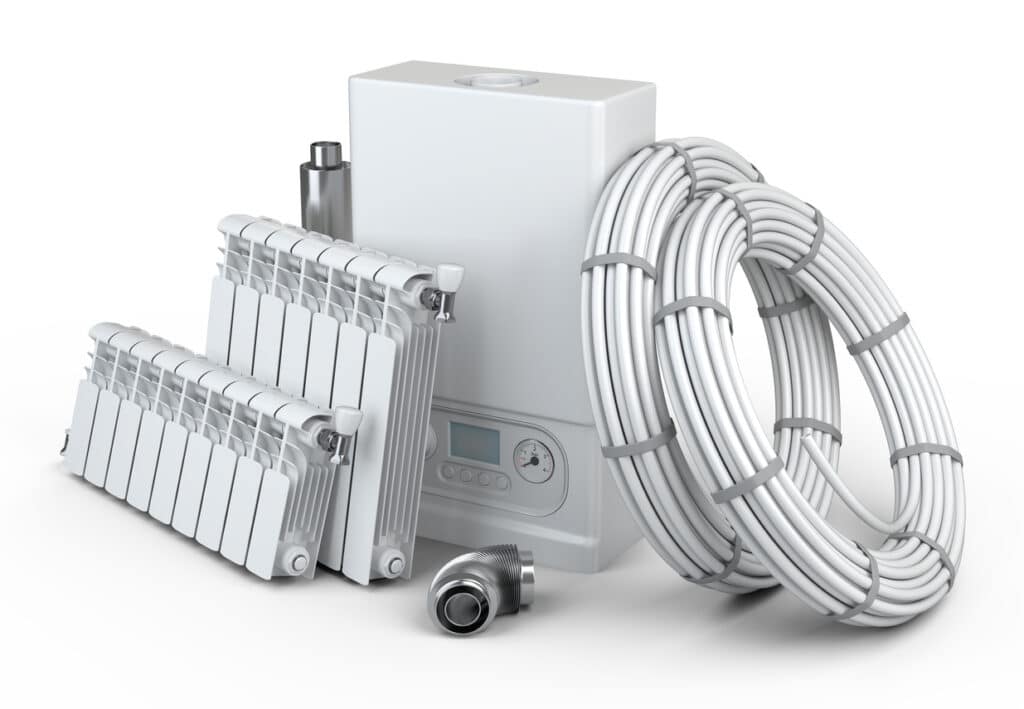
Here are some quick do-it-yourself tips to save money and keep warm.
1. Prevent Heat Loss
There’s no point spending money to heat your house if the warm air then escapes through a hole or cold air gets in through it.
So you need to find and block drafts coming through your windows, doors and other gaps.
Start by covering all your drafty windows and doors. Buy thick plastic sheets that cover your window frames and use tape or adhesive to stick these to the frame, making sure you seal it tight. Do this for doors also, especially the entrance door.
Look carefully for small openings where cold air can come in, such as pipe joints, chimneys, ceiling lights, broken tiles and knobs. Use silicone, cement or caulk to seal cracks in the ceiling or walls, add a plastic sheet or apply weather stripping to close these gaps.
Lower heat loss from the fireplace. If it is does not get used then you should seal the chimney flue. If it does then install tempered doors, ideally with a heat-air exchange mechanism pushes warm air into the room.
2. Fine-Tune Your Heating System
Adjust the temperature of the thermostat and keep it as low as possible (without sacrificing comfort) when you are indoors. When you step out of the house or prepare for bed, turn the temperature of the thermostat down between 10° to 15° for about nine hours. This way, you can save over 10 percent on electricity bills (during both summer and winter).
Buy a programmable thermostat — a programmable thermostat makes adjustments according to schedule and use easy.
Get your boiler and gas appliances serviced regularly to ensure continued efficiency.
3. Change Your Room Layout
A few simple changes in your furniture layout can bear big dividends:
Bring sofa sets and chairs closer to the fireplace and away from windows or doors. Place a rug in the living room for added warmth and coziness. Don’t place a sofa or couch near radiators — they will absorb heat.
